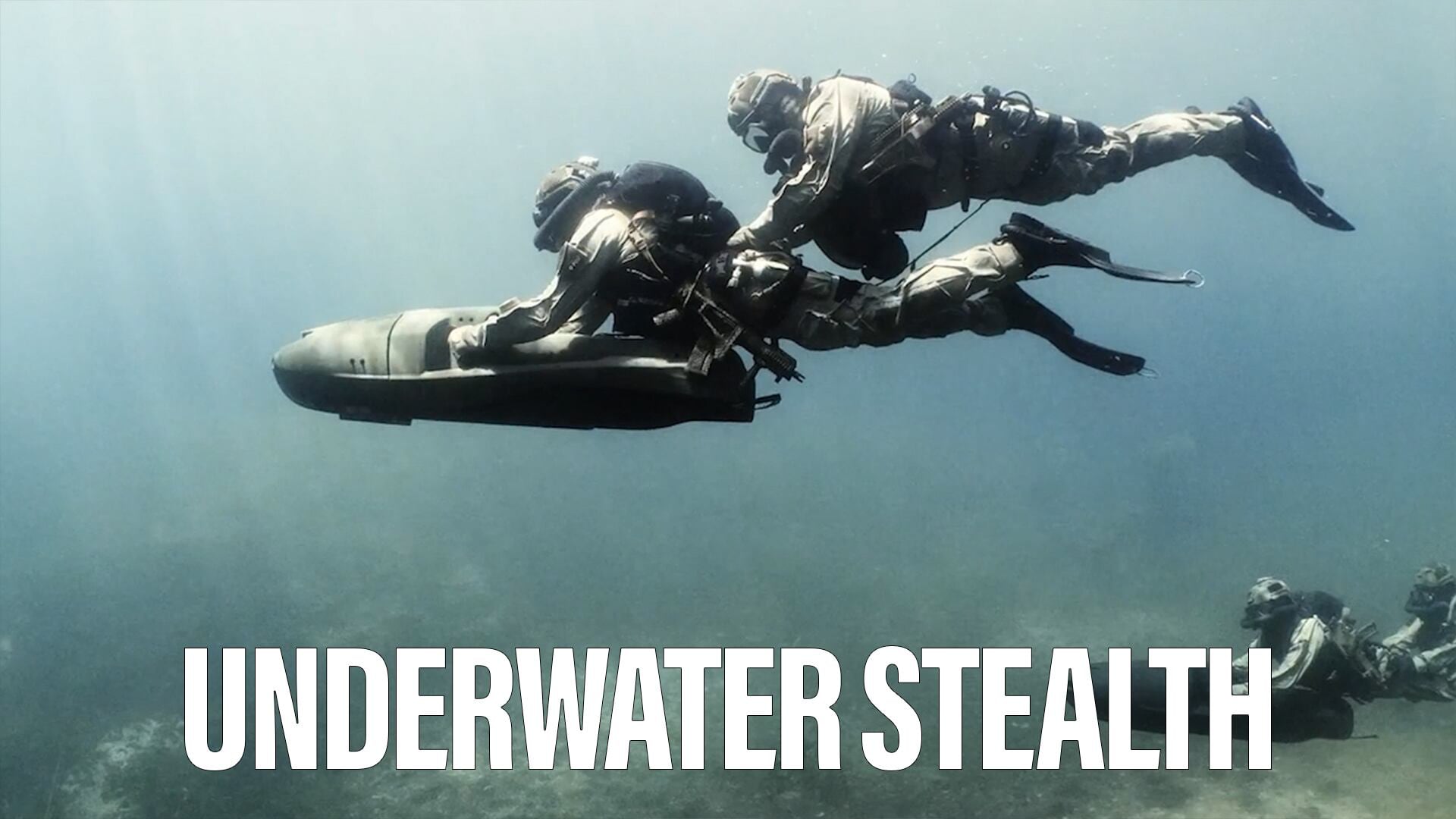ISLAMABAD — The first of eight Hangor II submarines for Pakistan was recently launched at the Wuchang Shipbuilding yard in Wuhan, China, though it’s uncertain what could be powering the boat given Germany’s block on an engine export.
The initial Hangor II delivery timetable would have seen the four Chinese-built submarines delivered by 2023. But Germany had refused to approve export licenses for the MTU 396 diesel engine, which the submarine was designed to use.
The German government had also declined to grant export licenses for its engines in regard to Thailand’s order of the S-26T, a variant of the Chinese Type 039B submarine. The Thai deal eventually fell through.
Neither Germany nor Pakistan have confirmed whether export clearance was ultimately approved or denied.
The Pakistan Navy did not respond to Defense News’ inquiry about whether Pakistan had accepted China’s alternative proposal, which would see the locally made CHD620 engine power the Hangor II.
Still, Pakistan’s naval chief, Adm. Naveed Ashraf, attended the April 26 launch ceremony and “expressed satisfaction on the project progress,” according to a Navy news release.
The service is undergoing comprehensive modernization, having also acquired four Chinese-built Type 054A/P frigates — the most powerful and capable surface combatants it has ever operated.
But it’s the Hangor II submarines that will provide the Navy with a significant leap in capability, according to Tom Waldwyn, a naval analyst at the London-based International Institute for Strategic Studies think tank.
“In terms of undersea capability, the eventual inclusion of eight Hangor-class submarines, based on China’s Type 039A/B Yuan-class boats, will enlarge the fleet and be a significant capability improvement, particularly if they are fitted with long-range cruise missiles,” Waldwyn told Defense News.
“Pakistan has reportedly tested sub-launched, nuclear-capable cruise missiles, and the introduction of these into service would be far more significant to the strategic balance than a handful of new frigates,” he added.
Waldwyn was unsure where Pakistan may have landed in regard to the engine. But another expert told Defense News that the Chinese alternative might negatively impact the operational effectiveness of the submarines.
Former U.S. Navy submariner Aaron Amick, who runs the website Sub Brief, said while China’s exportation of “unlicensed copies of naval technology has come to be expected,” it’s not necessarily a bargain. Though the Chinese engine is essentially a copy of Germany’s MTU 396, he added, it is made with “inferior cast and shaped materials, assembled with inconsistent quality control standards, and works great for a short period of time, then requires near continuous repair after a few hundred hours of operation.”
Pakistani naval officials had previously told Defense News the Hangor II is a Pakistan-specific variant of the Type 039B. It is equipped with a Stirling air-independent propulsion system to increase underwater endurance. It also features a Pakistani combat management system, a towed array sonar and weaponry.
Usman Ansari is the Pakistan correspondent for Defense News.








